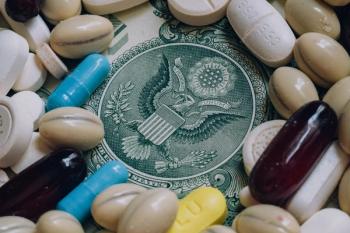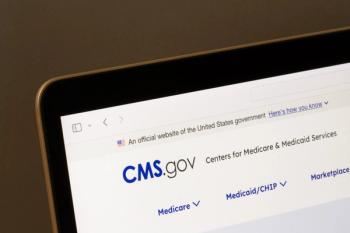
The tiny alternative to the pharmacy megamerger
All you have to do is follow the money. Then cross the street and head to the indie drugstore on the corner.
David StanleyBy now you've probably heard about the latest and probably last megamerger in the American drugstore business, as Walgreens has agreed to buy No. 3 player Rite Aid, paying out $9.4 billion to Rite Aid shareholders, a 48% premium over the stock's closing price the day before the deal was announced.
What you probably haven't heard at any time in your pharmacy career is a customer asking for fewer choices on where to fill his or her prescriptions. And I doubt you've ever heard a pharmacist or pharmacy technician getting excited over the fact that the number of executives setting the agenda for workplace conditions is about to go down.
Another big deal
We’ve already seen how this works. All you need to do is look at the last big deal in the pharmacy world, which involved the No. 1 customer-rated mass-merchant-run pharmacy and the drug chain that came in next to last in its category, according to J.D. Power's 2015 Customer Satisfaction Index. Guess which company will be running the deal's combined pharmacies?
That's right, it’s the one customers said they preferred least. So they won’t exactly be thrilled with the consequences of the next big merger, when the two least popular pharmacy chains will control - according to USA Today - 99.4% of pharmacy/drugstore revenue.
The remaining pharmacy outlets add up to an “other” category of just 0.6%. That’s hardly more than a rounding error.
Evidently the pharmacy business is destined to follow in the footsteps of the cable, cell-phone, airline, and hospitality businesses. And don’t forget the way stand-alone community hospitals have been inhaled into ever-expanding healthcare systems. As the song goes, everybody’s doin’ it.
The fallout
So what’s the effect on the customer who needs to fill an Rx? The players in this latest merger will of course bring out their standard arguments about how the combined company will be able to cut costs and pass those savings along to the people at their counters.
How likely is that? Try a little experiment. Pick out a few of today’s most common prescription medications, then call around town to ask for pharmacy prices. You'll probably spend a lot of time on hold, but I can almost guarantee you that when you're done, you’ll find that the companies with the biggest “scale” will not be the ones selling their product for the lowest price.
The ability to extract more money from a PBM is no assurance that any savings will appear at the cash register.
The corner exception
It may have become common practice to brace yourself for a long hold when calling a drugstore, but in mine the phone is answered in three rings or less. By a person.
People have become used to waiting in line to eventually speak to an overworked, harried, nerve-frazzled pharmacy employee, and that employee has come to accept that taking a day off to take care of an urgent family matter will be strongly discouraged. These are the norms of our profession now in many places. But not in all of them.
While I'll never get rich cashing in my stock options, I'm more than pleased not to be a part of the Wall Street-shaped pharmacy future. That woman I see at my counter, who thinks that dispensing the 30 atenolol she'll be going home with is the most important thing I'll do all day - she matters to me.
And I’m not alone. Plenty of other community pharmacists are finding ways to serve their customers and keep their businesses afloat. And for some customers, these megamergers are making us look better all the time.
I’m betting that more of those customers will be coming to look for me. And when they do, I’ll be here.
Newsletter
Pharmacy practice is always changing. Stay ahead of the curve with the Drug Topics newsletter and get the latest drug information, industry trends, and patient care tips.





















































































































































